Lifeguarding, Surf cultureSurf and Rescue
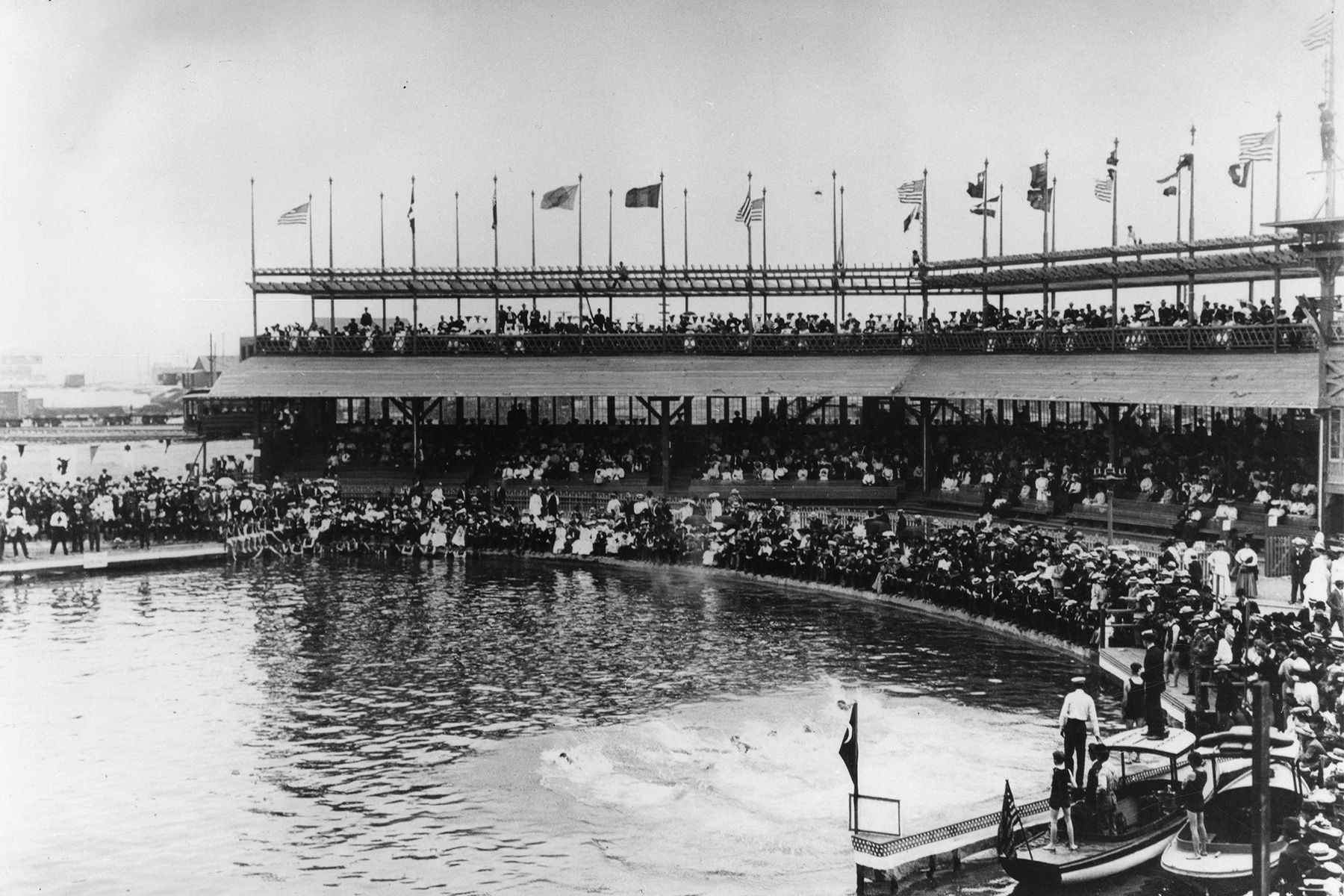
A Book About George Freeth and The Birth of California Beach Culture
California. Every surfer has heard of it – and yet, what are the roots of this cradle of modern surf culture? Dr Patrick Moser, a Professor of writing at Drury University in Missouri, is someone who set off to answer this question. The product of his investigation is Surf and Rescue: George Freeth and the Birth of California Beach Culture – a veritable dive into the life of mixed-race Hawaiian athlete George Freeth and how, in the mere twelve years he lived in the Golden State (1907-1919), he not only taught both men and women to surf and swim but also created a modern lifeguard service that changed the way people viewed the ocean, ultimately shaping and defining California beach culture as we know it.
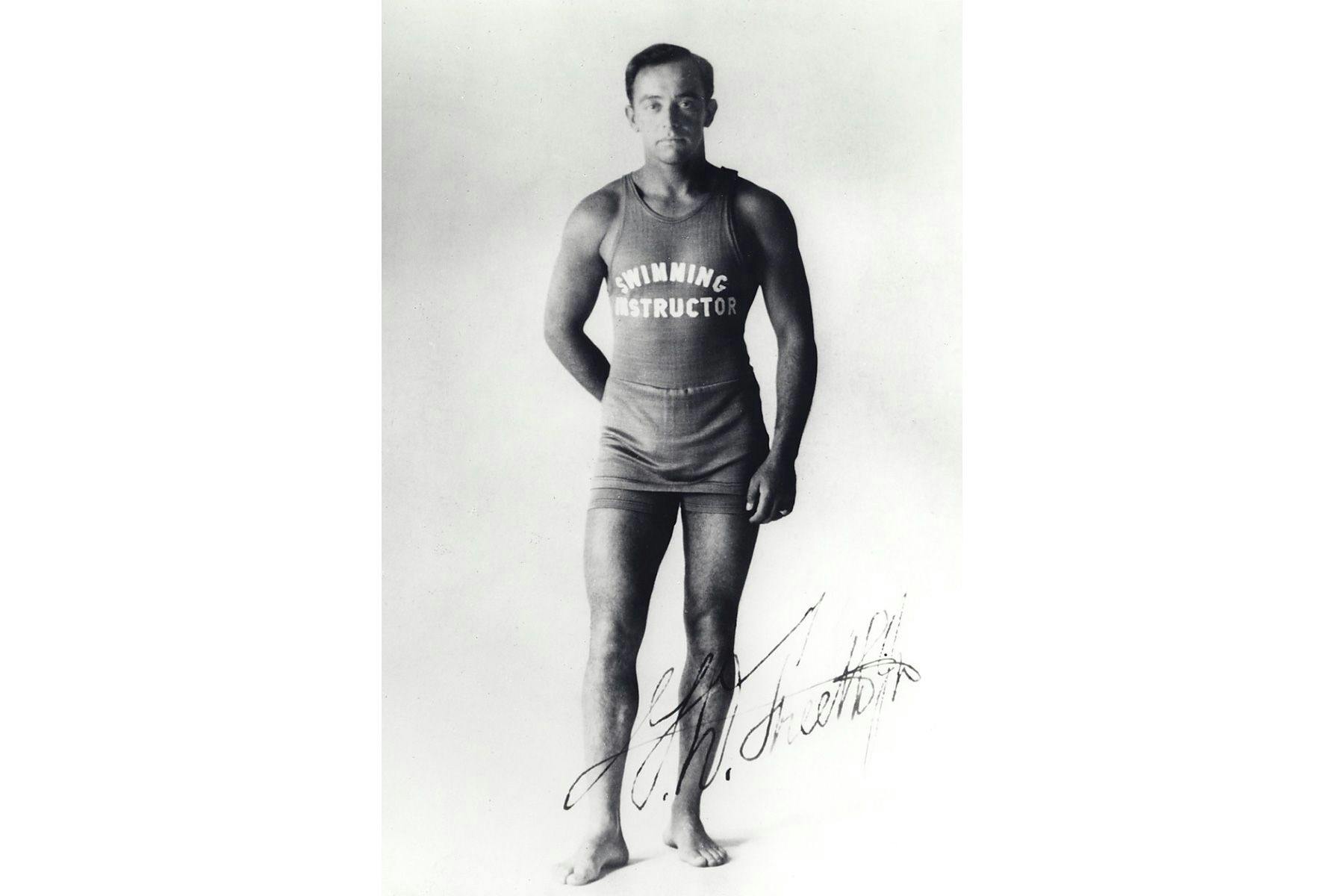
“California beach culture was born when a bicultural Hawaiian came into contact with a region and a population ripe for new ideas. The result of their union sparked a novel way of seeing the beach that would grow to inspire the imaginations of millions of people around the world.”
Surf Simply caught up with Patrick to hear more about the project and his own view of California beach culture.
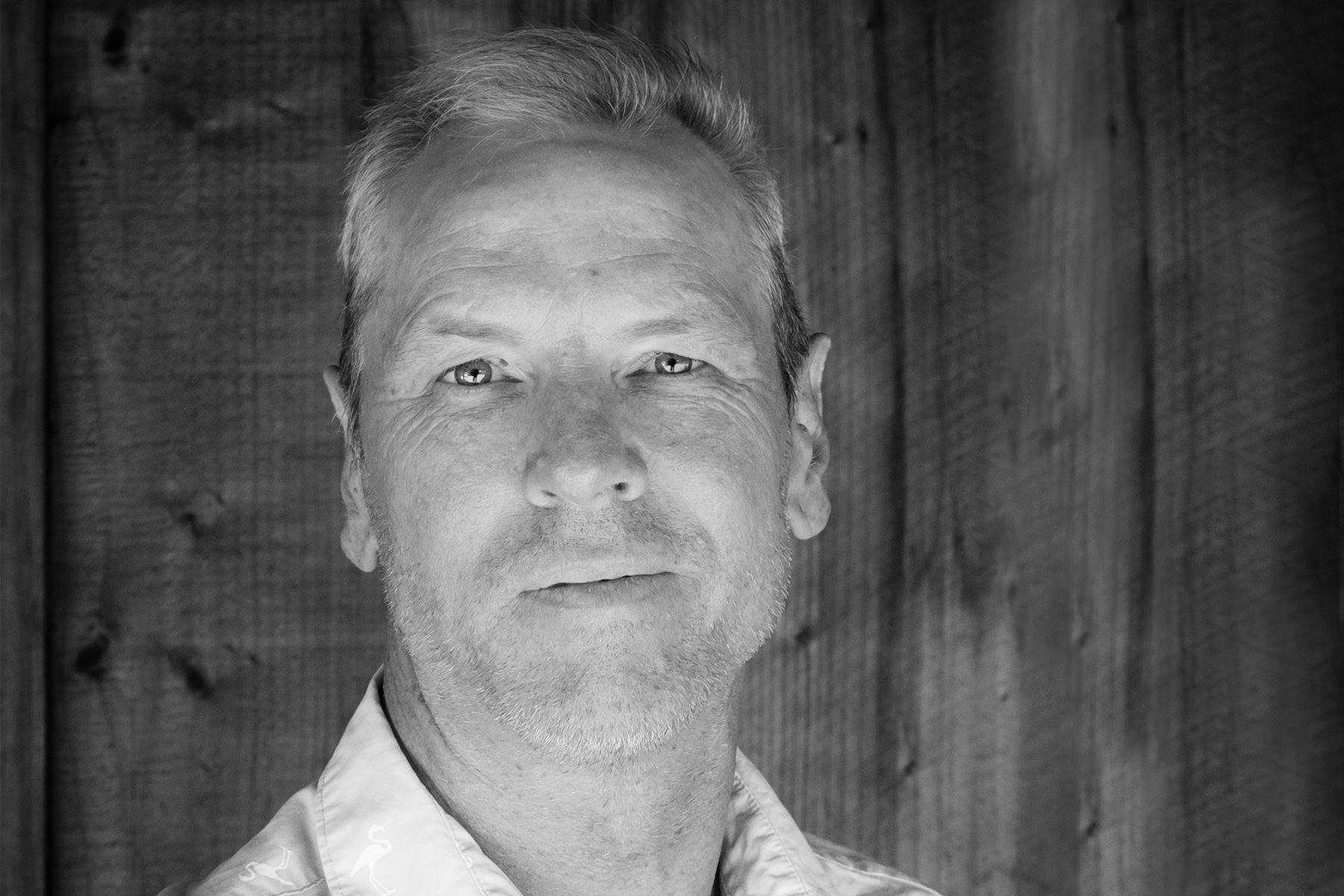
Let’s start from the beginning: Where did the idea for Surf and Rescue come from?
I wanted to learn more about the life and accomplishments of George Freeth. The book began as a novel based on Freeth’s life. I gave up after a hundred pages or so because I was clinging too closely to the few facts that I knew about him—that’s where the writing kept taking me. So I decided that I had to write his biography before I could write a novel about him. Once I started digging into his life, I realized that I had more than a biography: I had a history of California beach culture yet to be told.
Surf and Rescue is not your first go at writing about surfing: you’ve collaborated with Shaun Thompson on Surfer’s Code and The Code, and have edited an anthology of surf writing called Pacific Passages. In what ways was this project different from the previous ones?
This project was an opportunity to dive deeply into the entire life of a historical figure, and to figure out how to tell his story in a way that was both authoritative (in terms of the research) and engaging. Many of these early surfers had such interesting lives, and I enjoy digging into all of the corners I can to make their lives, and their time periods, come alive for readers today.
As a native Californian, what did writing a book about your local beach culture mean to you? And what is it about this Californian beach culture that interests you?
I’ve lived in Missouri going on twenty-five years now, and writing about California beach culture keeps me connected to a place that I miss. I’m able to experience the beaches vicariously by writing about them, and that keeps me excited about my next visit and my next surf session. Evoking the history of the beaches, and the men and women who made those beaches special, also helps me stay connected to California.
You start the book by mentioning the Assembly Bill 1782 and how the State of California recognised surfing as its official sport for its historical importance. Based on your research, what are some other less explicit or underestimated elements that have made/make this region so conducive to the development of such a solid and unique surfing culture? And in your opinion, what makes California different from other hubs such as the North Shore of Hawaii or Australia’s Gold Coast, for instance?
California has over 800 miles of coastline, and the geographic diversity creates a lot of different types of waves for every level of surfer. The large population of surfers in the state also helps to generate a lot of creativity in terms of board design to ride all those different kinds of waves. California has also put a lot of resources into developing beaches as a place for public recreation since the 1920s–buying beaches, staffing them with lifeguards, and providing them with amenities like bathrooms, firepits, and volleyball courts–so access to the coast has been a big part of why surf culture has flourished. One of the biggest reasons why California surf culture is different from that of Australia and Hawai’i is the power of Hollywood to broadcast images of California beaches around the world. People are much more familiar with California beach culture because of Hollywood.
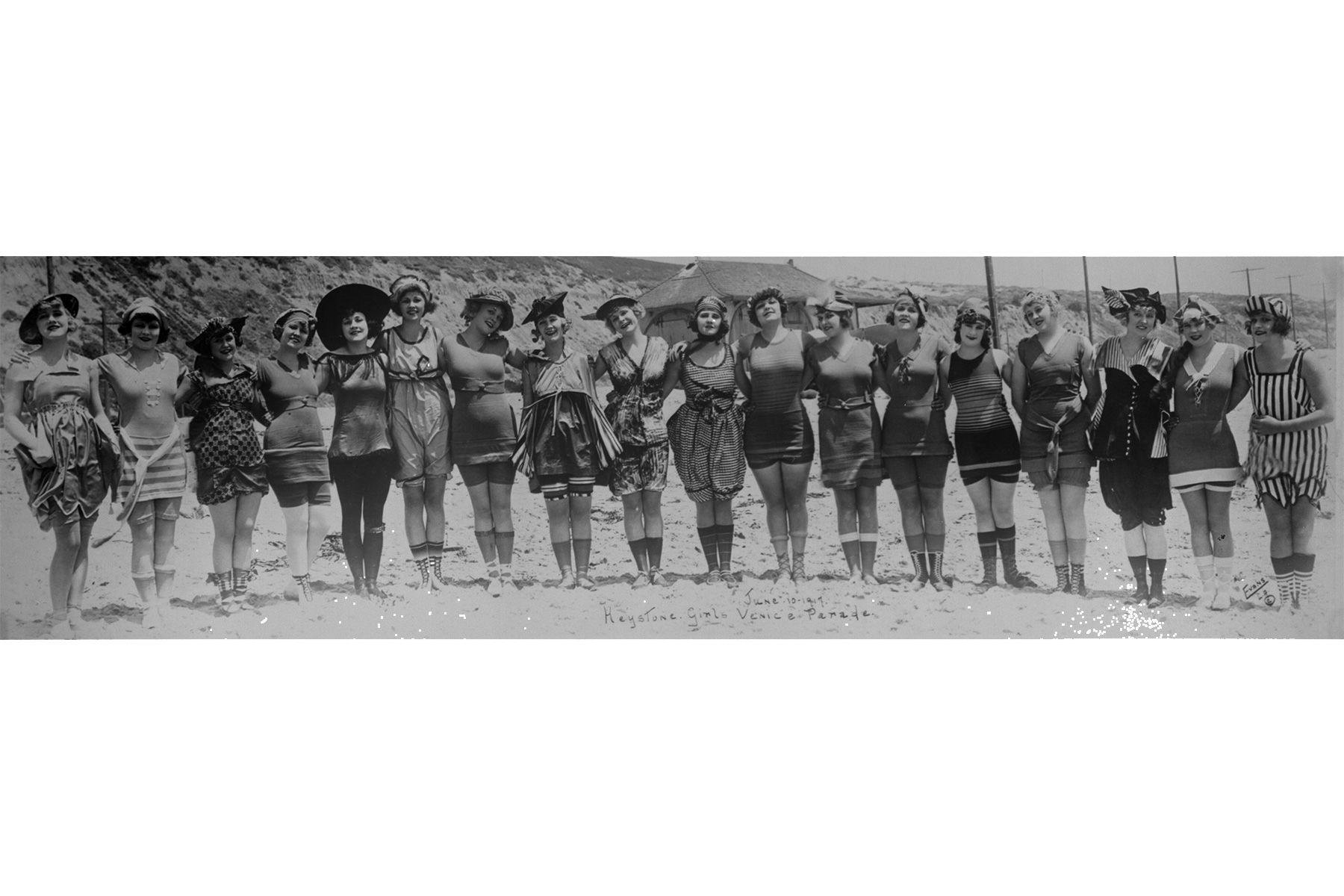
We can all imagine the upsides of the boom of California beach culture – did you also find any dark sides to the history?
Beach culture reflected (and continues to reflect) many of the same biases and exclusions of the society where it developed. The exclusion of women and people of color from surfing and lifeguarding, for example, can be traced back to organizations in the 1920s and 1930s that excluded them from participation (surf clubs and lifeguard programs). Women were not allowed to be ocean lifeguards in Los Angeles County until the 1970s, and, except for one African American hired during World War II –John Tabor– Los Angeles County didn’t hire an African American lifeguard until 1965. Because surfing and lifeguarding represent the foundation of California beach culture, the exclusion of women and people of color from these activities resulted in detrimental long-term consequences for them in terms of broad participation.
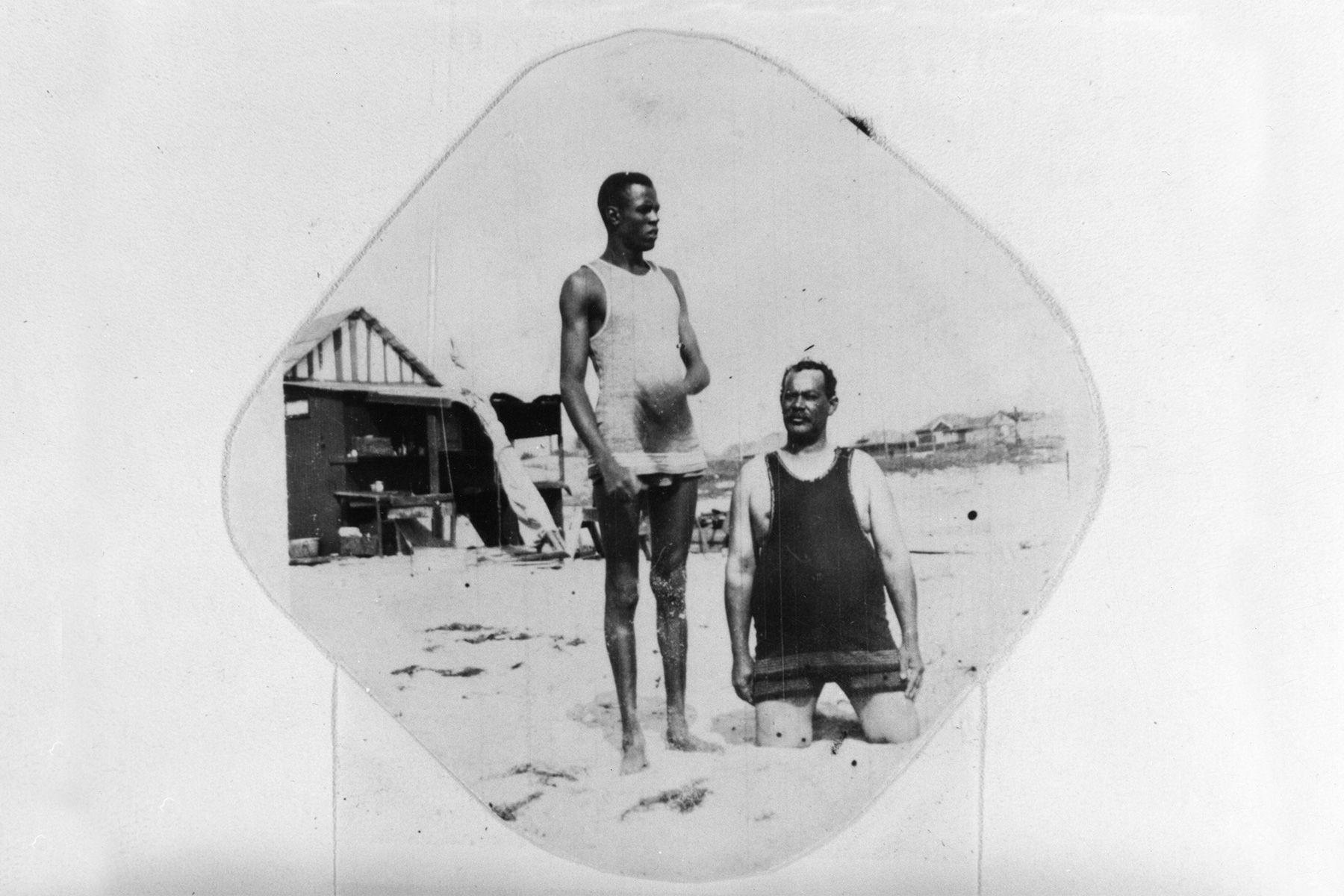
What were the main tools and databases you used for your research? And what was the piece of information that surprised you the most?
I relied heavily on databases of newspapers from Freeth’s era (Newspapers.com, among others). The thousands of articles helped me fill in gaps in Freeth’s life. Because there are no books about him and very few articles, the newspapers were a great boon for doing research on him, his time period, and the history of surfing and lifeguarding. What surprised me the most was how much he was admired, even loved, in the communities where he lived and worked. He has the reputation of being a loner, which he was in many ways. But communities really took him in because they appreciated his dedication as a teacher, coach, and lifeguard.
What were the main challenges you faced when taking on this project?
I wanted to write a biography, and ultimately a history, that was well-researched but that didn’t bog the reader down in historical details. One of the challenges was to write his story in a way that would appeal to hard-core surfers and professional lifeguards, and to general readers who may know nothing about these activities other than what they see on social media or in the movies. I wanted to keep both those audiences interested in Freeth’s life.
In the introduction, you mention that even though there were reports of surf sessions in California over 20 years prior to Freeth’s arrival in 1907, the sport didn’t take hold until he “dedicated himself to teaching a younger generation of Californians to ride waves.” What were some of the most curious things you learned about George Freeth?
One of the interesting things about his personality was his wanderlust. He never stayed in one place for very long. He could leave a job–or a town–at a moment’s notice. There are no records of him being in a romantic relationship, and he left no children. He seemed to really enjoy moving around, and yet when he landed in a new town, he totally committed himself to developing various sports and lifeguard programs, and to coaching young people in swimming, diving, surfing, and rowing.
Freeth’s contribution to lifeguarding was as important as his contribution to surfing, not least because the two went hand-in-hand. On that, you write: “Surfing and lifeguarding grew together in early twentieth-century California, and their combination was key to the rise of a beach culture that is now famous around the world.” Being a Californian surfer, how do you see the current relationship between surfing and lifeguarding in California? And how has the role of lifeguarding in the development of the local beach culture changed with the millennium?
I think the two pursuits are still complementary because both surfers and lifeguards share a love for the ocean. In the early years of both activities–from Freeth’s time through the 1950s– they were more closely aligned. The best surfers in the state were always lifeguards. Freeth taught his lifeguards how to surf so that they would be more effective at making rescues by learning to navigate waves and currents. Most surfers today are less connected to lifeguarding probably because swimming skills and ocean knowledge are more widespread.
To talk about George Freeth’s relationship with California is also to talk about – at least partly or indirectly – his relationship with Hawaii. Given that you have written about Hawaiian surf history in the past, I’m wondering if learning more about this particular character changed your views of Hawaiian culture and the roots of surfing?
Writing about Freeth reinforced for me the continuity of Hawaiian surfing in the early twentieth century. A myth persists that Caucasians who had arrived in Hawai`i in 1907—principally Alexander Hume Ford and Jack London—“saved” surfing from extinction in the early twentieth century through their promotional efforts. Although the two mainlanders were enthusiastic boosters of the sport, Freeth represented the cultural continuity of Native Hawaiians practicing this centuries-old tradition even as he adapted it to his life and work in California.
Although the larger share of the motivation behind most books lies in the author’s curiosity for the subject, it is not uncommon for him/her to have a goal in mind. Is there something specific you’d like this book to accomplish?
I hope readers see how one individual can make such a positive impact on people’s lives. Freeth did this not only by saving many lives himself as a lifeguard, but also by transforming the way people thought about the beach. At a time when many beach visitors were afraid of the ocean because of the persistent problem of drowning, Freeth showed them that the ocean could be a tremendous source of pleasure. In the nearly dozen years he spent in California, he gave thousands of lessons in swimming, surfing, diving, and ocean rescue. He taught a generation of Southern Californians that they too could have fun and confidence in the ocean.
I ask every author I interview this question: How has writing this book transformed you as a surfer and as a person?
Writing Freeth’s story has helped me to understand many things better: the histories of surfing, lifeguarding, and beach culture itself. I didn’t know much about the nuts and bolts of how all these pursuits developed in California, so doing the research and writing has helped me to become more informed about things that I care about. And to the extent that I can share what I’ve learned with others who also care about beach culture, then it becomes an opportunity for us to celebrate beach life and hopefully to do everything we can to enhance and preserve it.
This was quite a project to tackle. Have you got any other similar projects in mind for the near future?
As a matter of fact, I do. I’ve just finished a draft of a book that picks up where Freeth’s story leaves off. I’m tracking the history of California beach culture from 1920 through World War II. Beach culture attracts so many interesting characters, and there are so many great stories to tell. I just love the topic.
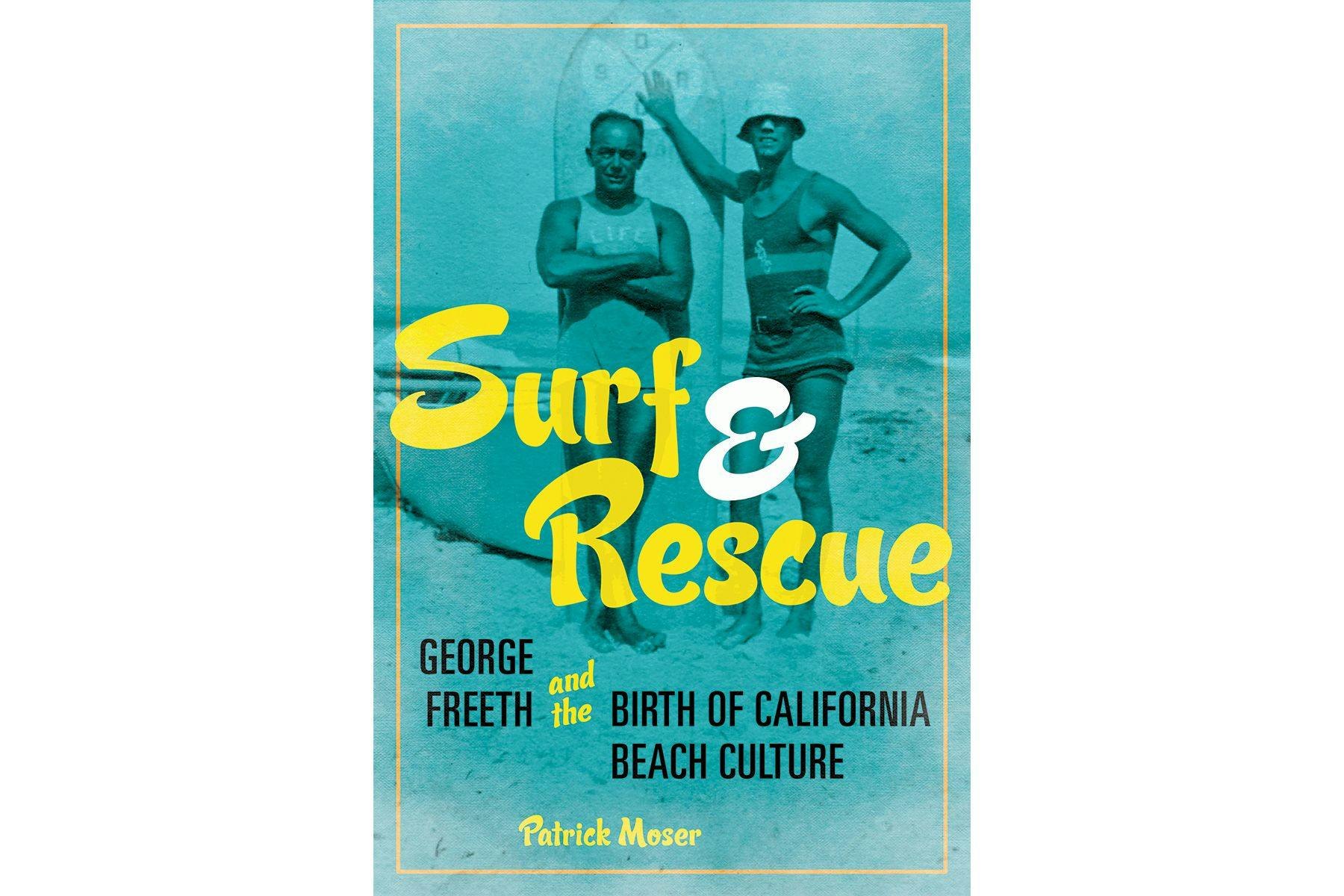
The following is an excerpt from Chapter 3 – A Waterman in Los Angeles of Surf and Rescue: George Freeth and the Birth of California Beach Culture by Patrick Moser (Copyright 2022 by Patrick Moser); it is featured here with the permission of the author and of the University of Illinois Press.
Freeth arrived in Southern California by mid-July. He first tried surfing at Long Beach “but found the rollers there unsatisfactory.”1 So he and Kenneth Winter, who had just finished his junior year in high school at Oahu College, traveled north to meet with Lloyd Childs, the Los Angeles representative of the Hawaii Promotion Committee. Childs had worked with Abbot Kinney before, and he arranged to have Freeth and Winter contracted for the surf exhibitions in Venice.2 Winter was a member of the Healani Boat Club and had performed with Freeth at the Hotel Baths when the Los Angeles Chamber of Commerce visited Honolulu the previous March. Childs had been on that trip, so perhaps the three men had met during his stay. Winter probably saw the trip as a chance to take a summer vacation in Southern California and earn some easy money. Freeth himself likely had no idea what his plans were that summer other than to give surf exhibitions. His options were open as far as travel goes, and he seemed to be considering working his way east at the end of the summer.3
From his time at Atlantic City and San Francisco’s Sutro Baths, Freeth would have recognized the carnival-like atmosphere along the boardwalk in Long Beach, a resort area known as “The Pike.” The coastal towns to the north—Redondo Beach, Venice, Ocean Park, Santa Monica—had all devel- oped similar beachside attractions to lure Angelenos out on weekends and holidays. Visitors enjoyed bowling alleys, shooting galleries, roller-skating rinks, roller coasters and other rides, along with various food vendors. The centerpiece of all the resorts, however, was usually an elaborate bathhouse, or “plunge.” The one in Long Beach had been open since 1902—a two-story, Greek-columned affair that offered heated saltwater pools and baths, bathing suit rentals, and private dressing rooms. It had opened on July 4 of that year, the same day Henry Huntington completed laying electric trolley tracks to the city.4 A one-way trip to Long Beach from downtown Los Angeles took about an hour—twenty-two miles or so, directly south. The week before Freeth and Winter arrived, a heat wave drove an estimated thirty thousand people to the beach cities on the electric trolleys for the July Fourth holiday, most of them going to Long Beach. The local railroads carried another fifteen thousand to the coast.5
Long Beach was ahead of its time in placing a lifeguard station on the beach. The service had begun in 1902 with the opening of the Long Beach Bath House. It was reported that in the first five years, only nine lives had been lost in the surf directly in front of the bathhouse, most of them due to “cramps.”6
But in 1907 the season began in the worst possible way. A railway con- ductor named Arthur Custer, twenty-two years old, drowned within sight of his wife and others on the beach. The young couple had been married only seven months. The two lifeguards, Carl Witte and F. Moody, along with several volunteers, ran the lifeboat out, but it capsized in the heavy surf. By the time they righted it and rowed out, Custer had already gone under. One of the witnesses on the beach that day was Thomas Saeger of Los Angeles. His nephew, a young attorney named T. Wright Robinson, had drowned four days earlier. Saeger “has come down to the beach nearly every day,” the Los Angeles Herald reported, “hoping that the waves may speedily give up their dead.”7 Family members had little recourse at the time other than to wait for the tide or current to beach their loved one.
Venice had similar problems. Four days after Art Custer drowned at Long Beach, two fishermen drowned within sight of two thousand people on the beach. Their launch, Boston, had capsized in heavy surf. The two men hung on to the craft for several hours while the crowd grew and rescue attempts were made, but by the time a swimmer finally reached them, the two men had slipped under. The captain, a local man named John Cochran, was later found lashed to his boat with ropes and fishing nets. Apparently he’d tied himself to the craft, unable to swim.8 The large crowd was indicative of the growing popularity of beaches in Los Angeles and its booming population. Not only had the drownings occurred on a Sunday afternoon in the summer, but Venice was the closest beach to downtown Los Angeles. One-way trips on the Venice Short Line cost fifteen cents and took under an hour.
Editorials quickly appeared in the local papers, pleading for more life- guards. One bystander in Venice, George E. Squires, reported that the “so- called lifesavers stood there doing nothing while the men were drowning.
. . . They seemed to have no understanding at all of their duties.”9 In the face of such tragic incidents, the Los Angeles Times summed up the area’s lifesav- ing situation: there was no organized lifeguard crew—federal, state, local, or even volunteer—at any point along the Santa Monica Bay; the lifeguards from the bathhouses were not trained to rescue shipwrecked crew in heavy surf and had no lifesaving equipment beyond a boat, lines, and buoys; and a single reel and lifeline had been installed on the beach between Venice and Santa Monica for emergencies but with no crew to practice using it. The paper thus declared that local drownings were “unavoidable.”10
Abbot Kinney, the founder of Venice, decided that such drownings were avoidable. He advertised Venice as the “most desirable beach resort in the world.” Men drowning off his pier in front of thousands of spectators—including members of the city trustee board—was not only a preventable tragedy; it was also bad for business. He enlisted the help of Percy Grant, an experienced captain who ran the boating concession in the resort’s canals, to form the Venice Volunteer Life-Saving Corps. They started meeting in late May and placed orders for two new lifeboats and a catamaran with airtight compartments especially designed for rescues. They gathered a list of possible volunteers, many of them employees of Kinney.11
At their first tryouts on the evening of June 13, however, one of the as- pirants, Charles Watson, drowned in the surf. Watson had come to Venice with the circus as a bareback rider but stayed on to work for Kinney. The Los Angeles Herald reported, “Watson’s drowning probably constitutes the most heartrending tragedy that was ever enacted within sight of the beach here and took place less than 400 feet from where more than a score of members of the life corps stood absolutely unable to in any way prevent his untimely death.”12
Watson’s dory had capsized as he and another volunteer, Andy Anderson, tried to turn it around in heavy surf. There seemed to be a question of whether Watson even knew how to swim. He slipped under despite Anderson’s at- tempts to reach him. The waves rolled Watson to shore twenty minutes later. They worked over his body for three hours but could not resuscitate him. Civic groups later held a benefit for his wife, left in “straightened circum- stances,” so that she could travel back to New York with his remains.13
Watson’s drowning typified the general lifeguarding situation in the Los Angeles area. The bathhouses hired lifeguards for the plunges and beach, but their training, knowledge, and experience were limited. Most of them were not prepared to save swimmers or fishermen who ran into trouble in heavy surf. They simply lacked the basic skills to carry out rescue operations in stormy seas. Even in calmer conditions, their lifesaving and resuscitation techniques were rudimentary at best.
When Freeth and Winter arrived in Venice, people were amazed when they saw them standing on surfboards and riding waves. But Freeth had so much more to offer. His depth of knowledge about the ocean and his broad aquatic skills, developed over two decades of working and playing in the Pacific, made his presence in this small resort town a cultural flashpoint for California beach culture. Over the next three years, Freeth injected Native Hawaiian cultural attitudes about the ocean into the Southern California psyche. He showed Angelenos the many pleasures to be had in the waves and taught them skills of swimming and diving that allowed everyday beachgoers to skirt the ocean’s many dangers. They all knew Freeth came from an exotic place—the Hawaiian Islands—but his Anglo features and genuine interest in their well-being made his lessons as enjoyable and accessible as Hawai- ian hapa haole music, which would become a fad in concert halls across the country the following decade.14
Yes, Freeth could certainly surf. As for the rest of his talents, it wouldn’t take him long to show people what he was truly capable of.
**********
The author and Surf Simply would like to thank Dr Patrick Moser and Heather Gernenz of the University of Illinois Press for their assistance with the article. Patrick will be presenting the book at the Redondo Beach Main Library on July 16 and at the California Surf Museum on July 27.